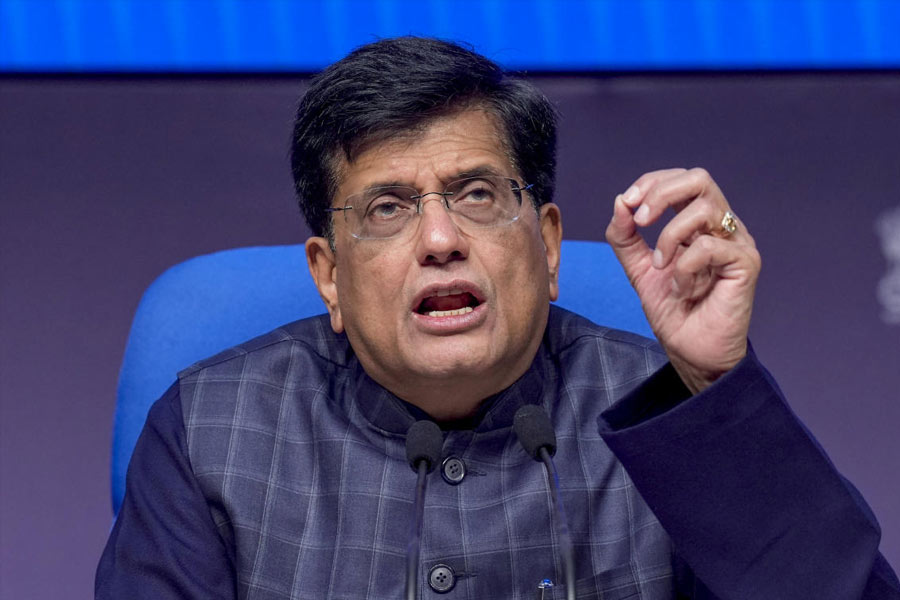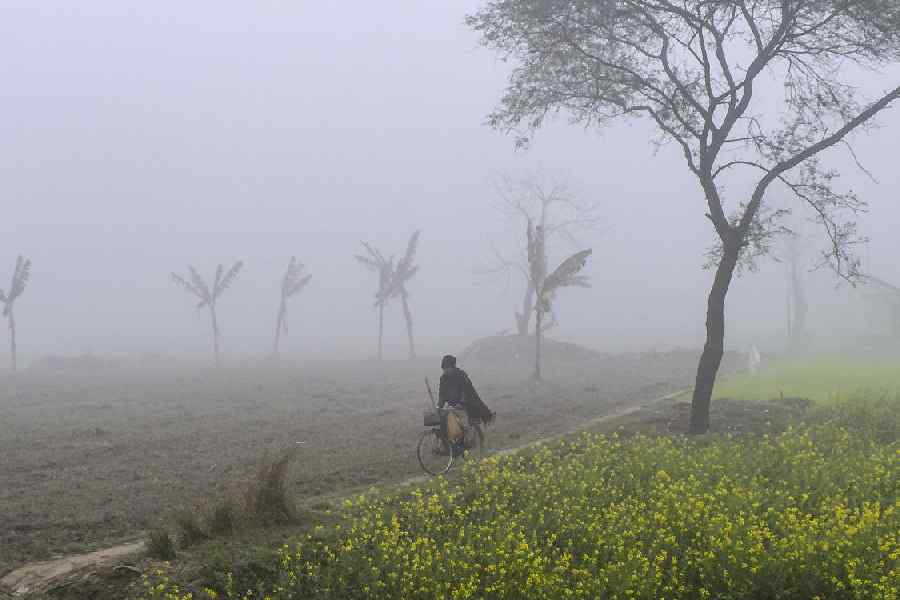 |
A life not so pro-cinematic, lonely, haunted, victimised, devoted to suffering rather than action: how to define and locate Ritwik Kumar Ghatak?
Long after his death in 1976, Ritwik (born 1925) is still an unresolved mystery. With an oeuvre of just eight feature films and a handful of shorts, he became a sort of a cult figure during his lifetime. It is not only a question of remaining faithful to his ideological perspectives, nor is it an issue of artistic integrity alone, at an appropriate level all of his films bear the mark of an artiste trying to relate individual situations to the larger framework of history.
A contemporary of Satyajit Ray, Ritwik had a totally different agenda for the language of cinema. While Ray and his followers of ‘art cinema’ believed in the representation of authentic details and in a close liaison between life and image, Ritwik explored the symbolic and metaphoric in his images, both aural and visual. Although he was committed to depicting the Partition of Bengal in 1947, Ritwik remained outside the periphery of Classic Realist text and was thus misinterpreted as anarchic and incoherent. By treating cinema as, above all, an exercise of cerebration, he refused to believe in any carefully drawn distinction between the ‘artistic’ and ‘popular’. His idea of national culture encouraged him to synthesise the almost absurd fusion of myth with economics, fable with news and Marxism with the ‘collective unconscious’. He liberated Indian cinema from the tyranny of visuals and neat storylines.
Kamaleswar Mukherjee’s task in his Meghe Dhaka Tara — based on Ritwik’s final years of mental ailment and agony — was, therefore, a very difficult one. It is interesting to note that he did not wish to make a conventional biopic. He does not name the historical characters and films directly, for example, Ritwik is called Neelkantha in this film and Surama Ghatak is Durga. Thus Kamaleswar intermingles fiction with fact. He depends mainly upon Surama Ghatak’s memoirs, takes into consideration some of the available research material on Ritwik but designs the script in such a manner as to extend the artistic truth into the domain of contemporary political reality.
In his film, the artiste confined in the mental hospital is definitely marginal and his marginality has been viewed as one with the primitiveness of the tribal existence. This man is not insane but is a kind of visionary who sees through his lens the limitations of our middle-class historical conditions. Not that Kamaleswar’s account is without flaws: Ritwik was not that influenced by Liu Sao-chi’s gospel. Instead, in his younger years he took up the cause of Lenin and Eisenstein with utmost enthusiasm, and in the strict sense of the term, Ritwik was himself not a refugee. Of course, these minor mistakes can be overlooked. Considering the fact that Kamaleswar wanted to have an object-neutral view via the persona of the treating doctor, I should appreciate the fact that he avoids arranging a linear sequencing of events which could show Ritwik’s tryst with destiny, as it happens in a wishful story.
Kamaleswar does not comment, he observes. He records the pathetic predicament of an artiste who refuses to come to terms with the code of expectations of a society based on false beliefs and desires. It is not an easy task; on the other hand, the director should be praised for not eliciting pathos from Ritwik’s last years. In fact, in the centenary year of Indian cinema, this film may be cited as an effort to examine the current entertainment industry. Once again I thank Kamaleswar for not composing known modes of hero worship. He may have exaggerated and simplified the domain of the political in Ritwik Ghatak, but Meghe Dhaka Tara — under no circumstances — is reduced to domestic tragedy between a genius and his wife.
The doctor (Abir Chatterjee) acts as an innocent observer, whose contemplations form the non-linear trajectory of the temporality of narrative. Saswata Chatterjee, as Ghatak, does a remarkable job. He is constrained by his lyrical face, but he goes beyond it. His Ritwik may not be as angry as the filmmaker actually was, but from personal experience I can say he approximates Ritwik’s affectionate nature. Ananya Chatterjee as Surama Ghatak is composed and calm. Rabiranjan Maitra uses an editing pattern which, more than once, captures the jerky and violent nature of Ritwik. Debojyoti Mishra takes some liberty in deviating from the original Salil Chowdhury compositions and his experiments match the syntax of the film.
I wonder why Kamaleswar did not mention Ritwik’s last encounter with Ramkinkar Baij. To my mind, it constitutes an unforgettable moment of counter-cultural dialogue between two great artists to discover the true motifs of a rebellious art.
Dostoevsky once said: “Now that Pushkin is dead, we are here to unearth his hidden mysteries.” There was a time when people thought of Ghatak as a talent wasted. He was condemned for his excesses. Critics branded him a painter of Partition agony. He died a loner’s death without any gun salute from the state. And then began the revenge of posterity: we came to realise that his was a different order of representation comparable to the masterpieces of Tarkovsky, who also made only seven films. We can say that the fire never got its chance to spread, but given Ritwik’s influence in India and abroad, the scenario today may be compared with the triumphant glory of Beethoven’s Fifth Symphony used at the end of Jukti, Takko Aar Gappo. After the screening of his great film Nazarin, Luis Bunuel asked, “Christ was crucified after being condemned. Don’t you think that was a defeat?” The question can be poised once again.
 |










